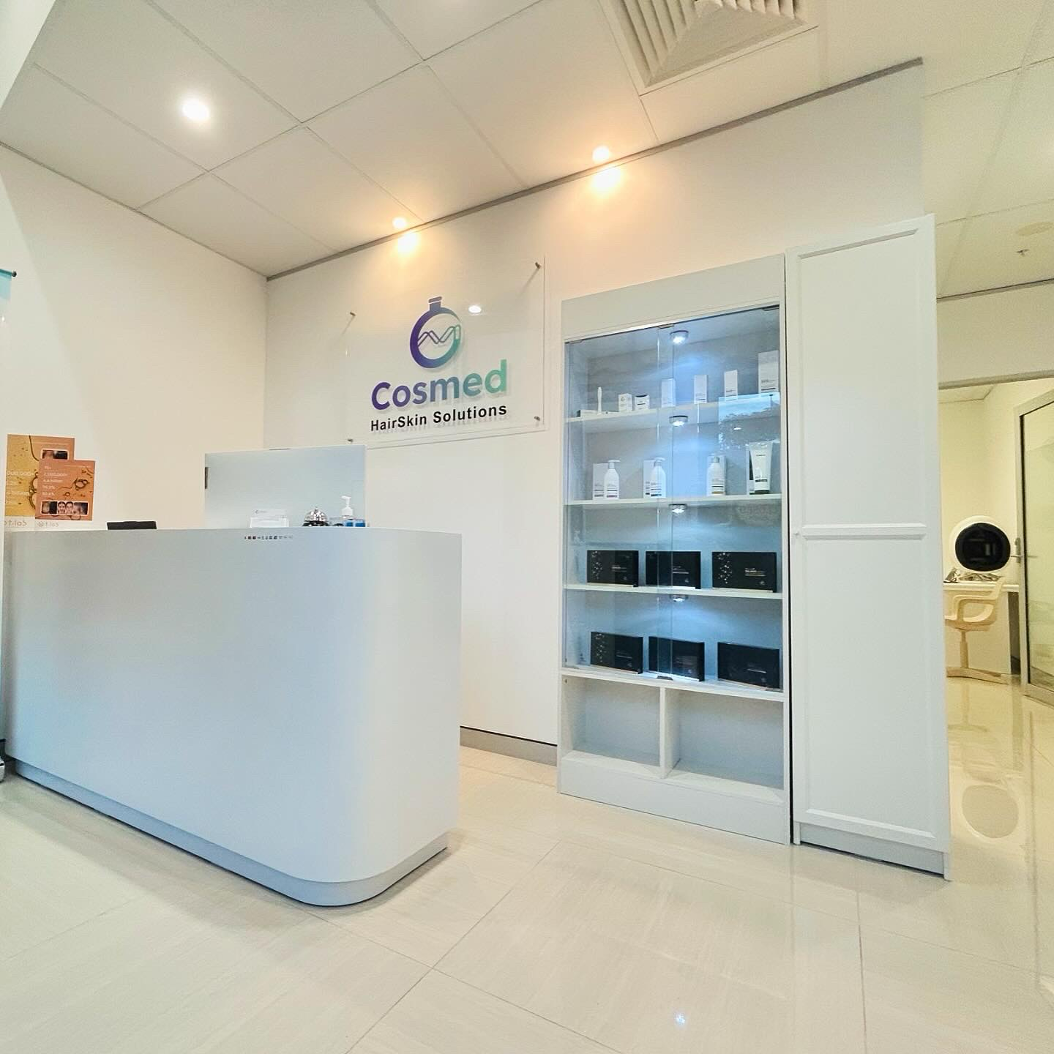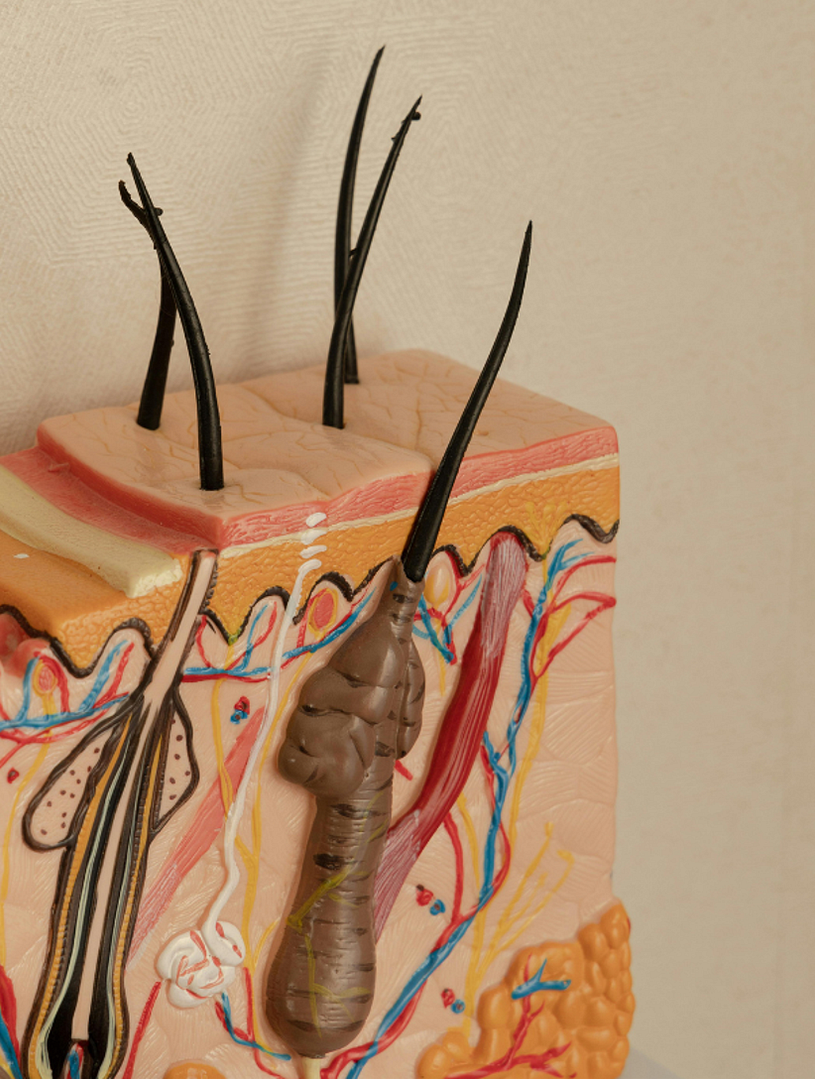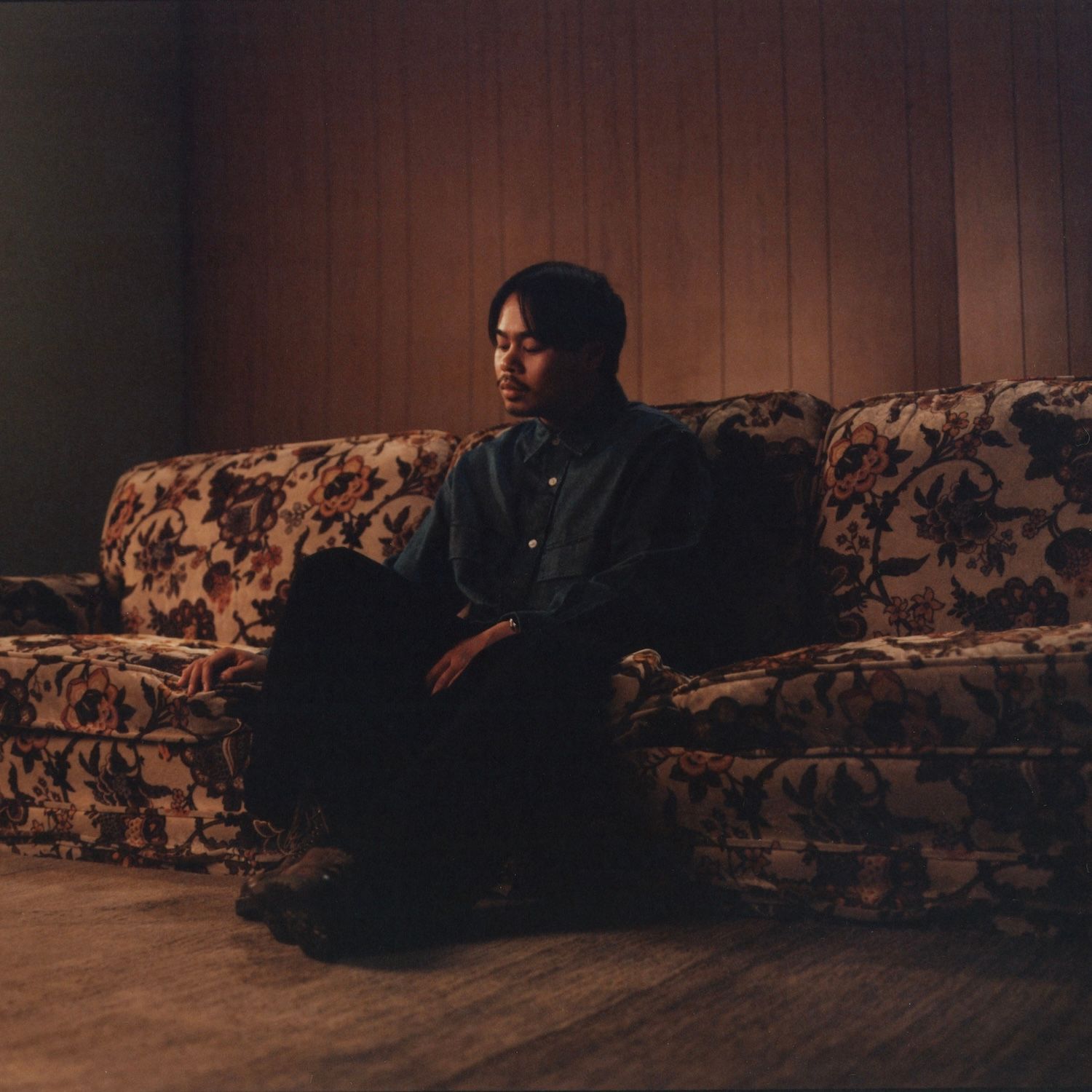
When it comes to hair loss treatment, most people focus on the hair itself—counting strands in the shower drain or researching the latest growth serums. However, the real secret to successful hair regrowth lies beneath the surface: your scalp health. At Cosmed HairSkin Solutions, a leading medical aesthetics clinic specializing in advanced hair restoration treatments across Brisbane and the Gold Coast, the hair loss experts have seen countless patients transform their hair growth results by addressing scalp health first. Think of your scalp as the soil in a garden—without healthy, nutrient-rich soil, even the best seeds struggle to grow.

Understanding Your Scalp Ecosystem
Your scalp is a complex ecosystem housing approximately 100,000 hair follicles, each requiring optimal conditions to produce strong, healthy hair. The scalp contains sebaceous glands that produce natural oils, blood vessels that deliver nutrients, and a delicate pH balance that supports follicle function.
When this ecosystem becomes compromised through inflammation, poor circulation, or bacterial imbalances, hair growth suffers. Signs of an unhealthy scalp include:
- Persistent itching or burning sensations
- Excessive oiliness or dryness
- Flaking or scaling
- Redness or irritation
- Thinning hair or increased shedding
- Slow hair growth

The Science Behind Scalp Health and Hair Growth
Recent research in trichology—the study of hair and scalp health—reveals that scalp inflammation is a primary contributor to androgenetic alopecia (pattern hair loss). Chronic inflammation creates a hostile environment for hair follicles, leading to miniaturization and eventual hair loss.
The hair growth cycle consists of three phases: anagen (growth), catagen (transition), and telogen (resting). A healthy scalp ensures follicles spend maximum time in the anagen phase, producing longer, stronger hair strands. Conversely, an inflamed or nutrient-deprived scalp shortens the growth phase, resulting in weaker hair and premature shedding.
Professional Scalp Treatments: Beyond At-Home Care
While proper at-home scalp care is essential, advanced treatments offer deeper restoration and regeneration. Platelet-Rich Plasma (PRP) and Platelet-Rich Fibrin (PRF) therapies have emerged as gold-standard treatments for scalp rejuvenation.
PRP treatments involve extracting a patient’s blood, concentrating the platelets rich in growth factors, and injecting them into the scalp. These growth factors stimulate cellular repair, improve blood circulation, and create an optimal environment for hair regrowth. Studies show that PRP hair treatments can increase hair density by up to 30% after a series of treatments.
PRF, a newer advancement, provides longer-lasting results as the fibrin matrix slowly releases growth factors over several weeks. This sustained delivery system offers enhanced scalp healing and improved hair follicle function.
The Role of Microcirculation in Hair Health
Poor scalp circulation is often an overlooked factor in hair loss. Hair follicles require constant nutrient delivery through tiny capillaries. When circulation decreases—due to tension, aging, or hormonal changes—follicles become starved of essential nutrients and oxygen.
Professional treatments that improve microcirculation include:
- Scalp massage therapy: Increases blood flow and reduces tension
- Microneedling: Stimulates circulation and enhances product absorption
- Low-level laser therapy: Improves cellular energy and blood flow
- Targeted injectable treatments: Deliver nutrients directly to follicles
Building Your Scalp Health Foundation
Creating optimal scalp health requires a multi-faceted approach combining professional treatments with consistent at-home care:
Daily Care Protocol: Start with gentle, sulfate-free cleansing 2-3 times weekly. Over-washing strips natural oils, while under-washing allows buildup that clogs follicles. Use lukewarm water and massage the scalp gently to stimulate circulation without causing irritation.
Targeted Nutrition: Hair follicles are among the most metabolically active cells in the body, requiring specific nutrients including biotin, copper peptides, zinc, and B-vitamins. Topical serums containing these ingredients can supplement dietary intake and provide direct follicle nourishment.
Stress Management: Chronic stress elevates cortisol levels, which directly impacts hair growth cycles and scalp inflammation. Incorporating stress-reduction techniques like meditation, yoga, or regular exercise supports both mental health and hair regrowth.
When to Seek Professional Help
While basic scalp care can be managed at home, certain conditions require professional intervention. Consider consulting a hair restoration specialist if you experience:
- Sudden or rapid hair loss
- Patchy baldness or irregular thinning patterns
- Scalp pain, burning, or persistent inflammation
- Hair loss accompanied by scarring
- Lack of improvement after 3-6 months of consistent care
The Future of Scalp Health
Emerging research continues to reveal new connections between scalp health and hair growth. Scientists are exploring the scalp microbiome—the community of bacteria living on the scalp—and its impact on hair loss. Early studies suggest that maintaining a healthy microbial balance may prevent certain types of hair loss and support regrowth efforts.
Additionally, advances in regenerative medicine are producing more sophisticated treatments. Stem cell therapy, growth factor concentrates, and personalized treatment protocols based on genetic testing represent the next frontier in hair restoration.
Making Your Investment Count
Successful hair regrowth requires patience, consistency, and often professional guidance. While over-the-counter products can support scalp health, addressing significant hair loss typically requires advanced treatments and expert monitoring.
The most effective approach combines professional interventions—such as PRP or PRF therapy—with consistent at-home care and lifestyle modifications. For those in Queensland seeking comprehensive hair loss treatments in Brisbane and Gold Coast, working with experienced practitioners ensures optimal treatment protocols and monitoring. This comprehensive strategy addresses hair loss from multiple angles, creating the optimal environment for sustained regrowth.
Remember, hair regrowth is a gradual process. Most professional treatments require 3-6 months to show visible results, with continued improvement over 12-18 months. Setting realistic expectations and maintaining consistency are crucial for success.
Conclusion
Your scalp health forms the foundation of all successful hair regrowth efforts. By understanding the complex relationship between scalp condition and hair growth, you can make informed decisions about treatments and develop realistic expectations for your hair restoration journey.
Whether you’re dealing with early-stage thinning or advanced hair loss, prioritizing scalp health through professional treatments and proper care creates the optimal environment for regrowth. The investment in scalp health today determines the success of your hair restoration efforts tomorrow.
This article is for educational purposes only and does not replace professional medical advice. For personalized hair loss assessment and treatment recommendations, consult with a qualified trichologist or hair restoration specialist.




